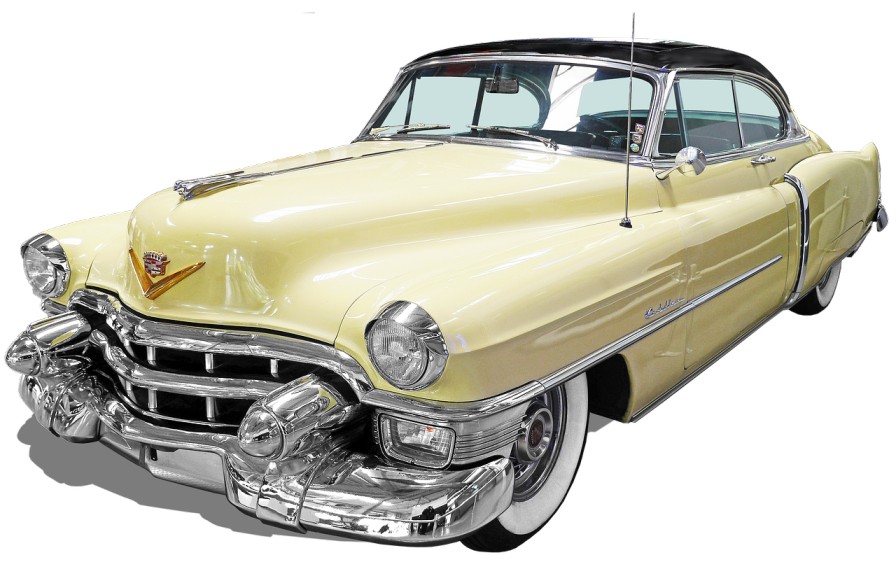Introduction
Chrome plating is a fascinating process that has evolved over the years, providing enhanced durability and aesthetic appeal to various metal surfaces. In this comprehensive guide, we will explore the intricacies of chrome plating, its historical development, applications, the plating process, environmental considerations, and much more. Chromium is a chemical element with the symbol Cr and atomic number 24, belonging to the transition metals group on the periodic table. Widely recognized for its lustrous, silvery appearance, chromium is commonly used in the production of stainless steel, alloys, and various industrial applications. They are widely used in metallurgy, aerospace, and the manufacturing of pigments for the vibrant colors in paints and dyes.
What is Chrome Plating?
Chrome plating, also known as chromium electroplating, is a surface finishing technique where a layer of chromium is applied to a metal object through an electrochemical process. This method not only enhances the appearance of the object but also imparts several functional benefits.
The Evolution of Chrome Plating
3.1 The Early Days
Chrome plating in dubai has come a long way since its inception. In the early days, the process was rudimentary, with limited applications and challenges in achieving consistent quality.
3.2 Technological Advancements
Technological advancements in the plating industry have revolutionized the process, making it more efficient, precise, and environmentally friendly.

Chrome Plating Car Parts
Benefits of Chrome Plating
4.1 Enhanced Durability
One of the primary advantages is its ability to significantly improve the durability of metal surfaces, protecting them from wear and corrosion.
4.2 Aesthetic Appeal
Beyond durability, chrome plating adds a glossy finish to surfaces, enhancing their visual appeal and making them stand out.
4.3 Corrosion Resistance
The chromium layer formed during plating acts as a barrier, providing excellent corrosion resistance and ensuring the longevity of the coated object.
Applications of Chrome Plating
5.1 Automotive Industry
Chrome coating is extensively used in the automotive industry for decorative purposes on bumpers, wheels, and other components, as well as for its corrosion-resistant properties.
5.2 Home Decor and Furniture
In the world of home decor, chrome-plated furniture and fixtures are popular for their modern and sleek appearance.
5.3 Aerospace Sector
The aerospace sector utilizes our plating for its corrosion resistance and ability to withstand harsh environmental conditions.
The Chrome Plating Process
6.1 Surface Preparation
Before chrome coating, proper surface preparation is crucial. This involves cleaning and polishing the metal to ensure a flawless finish.
6.2 Electroplating
The electroplating process involves immersing the prepared object in a chromium electrolyte solution and applying an electric current, causing the chromium to adhere to the surface.
6.3 Final Finishing
After electroplating, the coated object undergoes final finishing processes to achieve the desired appearance and quality.
Factors Influencing Plating Quality
7.1 Material Selection
The quality of plating is influenced by the type of material being plated, with certain metals providing better adhesion and durability.
7.2 Plating Thickness
The thickness of the chrome layer is a critical factor, as it determines the level of protection and aesthetics.
7.3 Adherence to Standards
Following industry standards and regulations is paramount to ensuring the overall quality and safety of chrome plating.
Environmentally Friendliness
The industry has made significant strides in adopting environmentally friendly practices, such as the use of trivalent chromium, reducing the environmental impact of chrome plating.
Challenges in Chromium Plating
9.1 Health and Safety Concerns
Despite advancements, health and safety concerns remain, necessitating proper protective measures for workers involved in the chrome plating process.
9.2 Regulations and Compliance
Strict regulations and compliance with environmental standards are challenges that the electroplating industry continually addresses.
Chrome Plating vs. Alternative Coating Methods
10.1 Comparing Durability
While chromium electroplating excels in durability, alternatives like powder coating services and electroless nickel plating offer their own set of advantages.
10.2 Cost Considerations
Considering the overall costs, chrome electroplating may be more expensive initially, but its longevity often outweighs the investment.
Frequently Asked Questions
11.1 Is Chrome Electroplating Suitable for All Metals?
Chrome plating is most effective on metals like steel, aluminum, and brass.
11.2 How Long Does Chromium Plating Last?
The lifespan of chrome plating depends on factors such as usage, maintenance, and environmental conditions but can last for many years.
11.3 Can Chromium Plating be Done at Home?
Chrome plating is a complex industrial process and is not practical for DIY applications due to safety and environmental concerns.
11.4 What Are the Alternatives to Chrome Plating?
Alternatives include powder coating, nickel electroplating, and stainless steel finishing, each with its unique benefits.
11.5 How to Maintain Chrome-Plated Surfaces?
Regular cleaning with mild soapy water and avoiding abrasive cleaners helps maintain the luster of chrome plated surfaces.
Conclusion
In conclusion, chrome plating remains a versatile and widely used technique including USA that combines aesthetics with functionality. As technology advances and environmental considerations take center stage, the plating industry continues to evolve, offering durable and visually appealing solutions for various applications.
